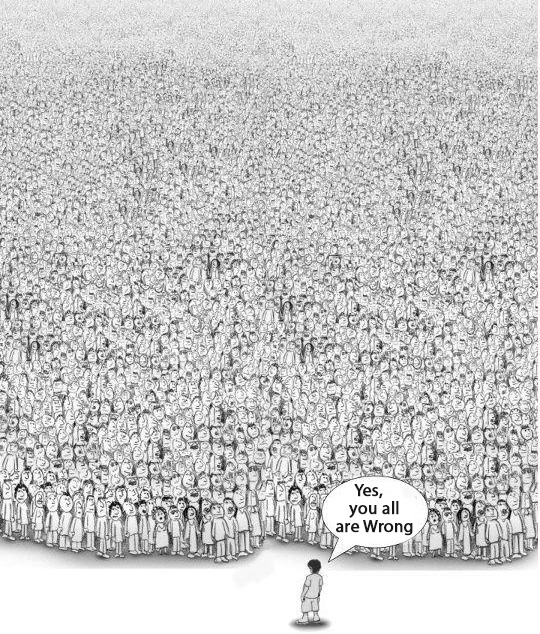The Only Good Phone Number Format
TL;DR
Use +1 (555) 123-4567 ext. 890. It’s immediately identifiable as a phone number and encodes semantic information in its format, including the area code, exchange code, and line number.
Introduction
Good UX should minimize cognitive load on the user. It seems phone number formats missed that memo–I read and type a lot of phone numbers for my job, and I can say that nearly all formats suck.
There are two main problems with formats:
- Not immediately, unambiguously recognizable as a phone number
- Easy to lose place in the number while reading–little to no visual blocking
So, a good format is both immediately, unambiguously recognizable as a phone number, and easy to read. It seems simple, but let’s take a look at a number of formats I’ve seen in the wild.
Standards
The Rogue Dot Dot Dot
1.555.123.4567
This one isn’t really a standard format, but I do see it used often.
This one looks too much like an IP address. You can tell it isn’t with a quick glance, but you shouldn’t need a quick glace!
E.164
+15551234567
This standard specifies that the country code, area code, and subscriber number should be lumped together. It’s not readable, and contains about as much semantic meaning as the name of the standard, and it’s not immediately obvious it’s a phone number. Let’s take a look at another number:
+1447851987654
How many digits is that? If you can’t tell just by looking at it, it is not a good format. It’s 13, by the way.
E.123
+1 555 123 4567
This one is better. There is finally some visual separation between each section with the spaces. It’s a little clearer that it’s a phone number. However, because only spaces separate the sections of the number, it’s easy to lose your place when you are looking back and forth between it and a phone.
RFC 3966
tel:+1-555-123-4567
Well, at least this one tells you it’s a telephone number, and you can click it if you have an application that supports opening numbers! All the hyphens are ugly, though. It’s useful to link to, but there should be some text in place of the number, the same way you might write sawyershepherd.org but actually link to https://www.sawyershepherd.org.
The Champion
+1 (555) 123-4567
Wow, look at that. Nicely sectioned out and labelled for maximum semantic meaning, including the country code, area code, exchange code, and subscriber line. A variety of separators–a plus sign, parentheses, spaces, and dashes–so you don’t lose your place.
Allegedly, this format is actually documented by in E.164 and the North American Number Plan (NANP) as a national format, but I was unable to find a first-party source to support this.
Non-U.S. Numbers
The Champion is definitely optimized for NANP numbers. Sure, the meaning contained within the format may not be the exact same across different countries, but that is no excuse to use a terrible format! The hyphen between the exchange code and the subscriber line can be adapted to separate long strings of digits for better readability.
Let’s take the French number +33 1 23 45 67 89. It’s not immediately recognizable, and while the pairs of numbers are nice for readability, there are too many spaces and it’s easy to lose your place when reading.
In The Champion format, it would be +33 (1) 2345-6789. I happen to think that’s much more readable. Now, the French people probably disagree with me, but you know what?
